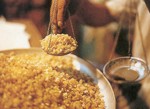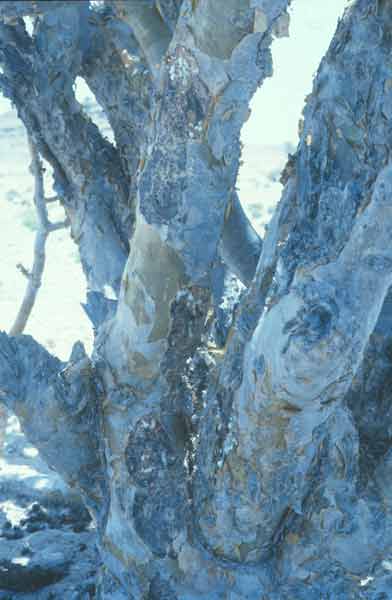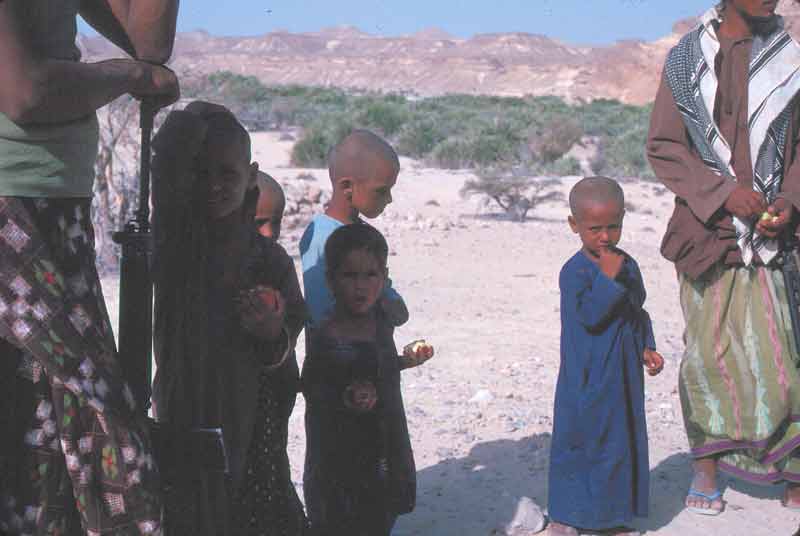Home |
Incense |
Archaeology |
South Arabia |
Myths and Legends |
Research Questions |
About Us |
|
Incense products from Southern Arabia (Yemen and Oman today) and the people who produced them have remained shrouded in mystery. This entire region is also closely tied to similar incense-producing lands found in the Horn of Africa. The two most famous incense products of the region are frankincense and myrrh although the region is also known for a number of other well-known botanical products. Because of their natural restricted range and particular properties, which local people exploited, they soon became known to outside regions and stimulated elite prestigious trade, perhaps before 5000 years ago. Thanks to the efforts of the governments of Oman and Yemen, as well as the Seaver Foundation of Los Angeles CA, the Archaeology Fund (a non-profit founded by George Hedges, Ron Blom and Juris Zarins) has been able to conduct field research in central south Arabia since 1990. This research has been conducted by an interdisciplinary team of archaeologists, geologists, botanists and others to explain the relationship between the unique ecology of South Arabia and the people who have lived there over the millennia. Our efforts to relate the present to the past will use both traditional archaeological-historical methods as well as current trends in digital archaeology. During the course of research in the region, puzzling questions have arisen which encompass a number of different periods. Their solution awaits both field researchers and arm chair strategists. In a similar vein, stories, myths, and legends began to surround the region, many of which are still popular today. |
|



